Condensation Dryer vs. Heat Pump: The Definitive Guide to Choosing Wisely
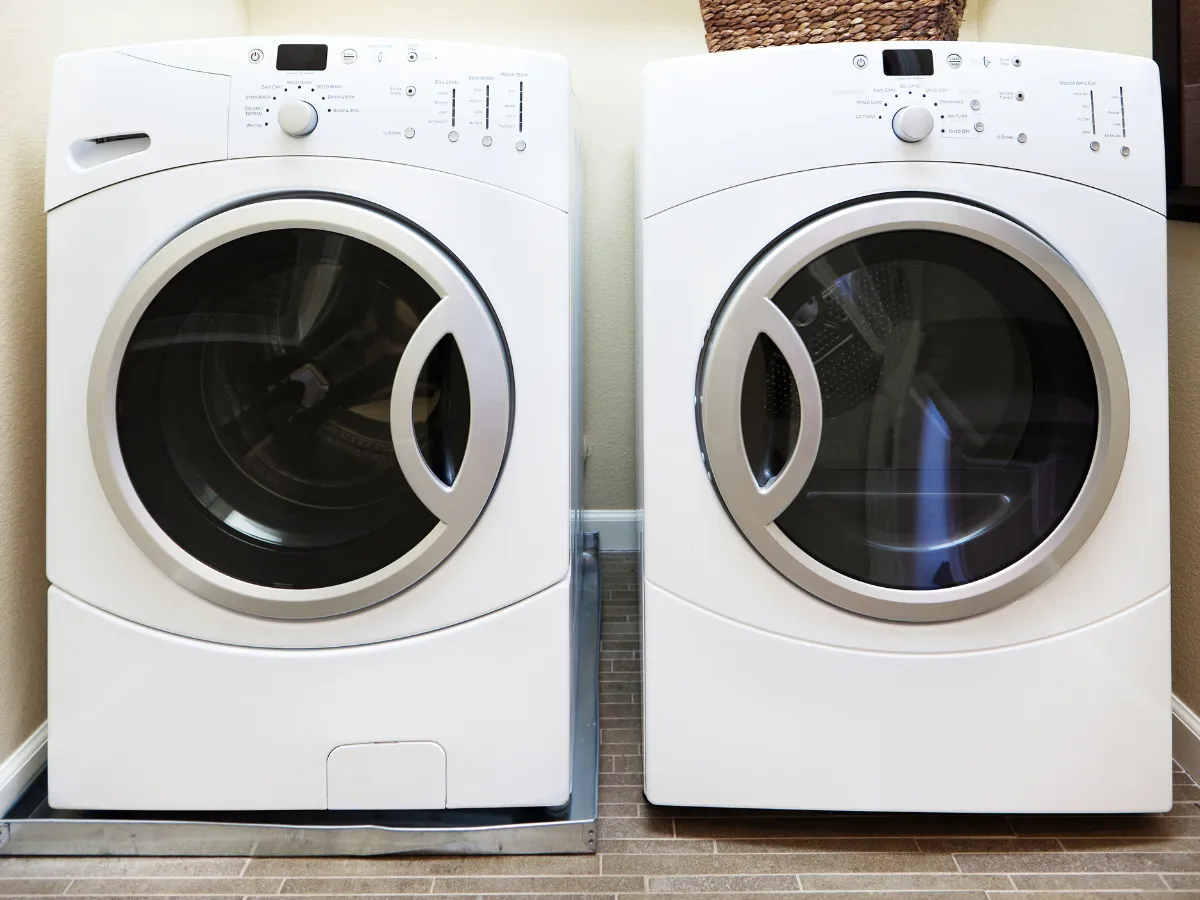
The time comes to buy a dryer or replace an old one, and you encounter two terms dominating the market: condensation dryer and heat pump dryer. Both promise to dry your clothes without needing an external vent hose, but how do they really differ? Which consumes less energy? Which is gentler on your clothes? Choosing the right one can make a significant difference to your electricity bill and the lifespan of your garments.
If you feel lost among technologies and features, you've come to the right place. In this comprehensive guide, we'll break down the difference between a condensation dryer and a heat pump dryer, analyzing their operation, energy efficiency, clothing care, speed, price, and maintenance, so you can make an informed decision and choose the dryer that best suits your needs and budget.
How They Work: How Do They Dry Clothes?
Although both achieve the same goal (removing moisture from clothes), the way they do it is fundamentally different.
Condensation Dryer (Traditional)
This type of dryer operates relatively simply:
- Air Heating: Uses an electric heating element (similar to a space heater or oven) to heat the air.
- Clothes Drying: This hot air is blown into the drum, where it circulates through the damp clothes, absorbing moisture through evaporation.
- Condensation: The hot, humid air exiting the drum passes through a heat exchanger (condenser), where it cools down (usually using ambient air). As it cools, the water vapor condenses into liquid water.
- Water Collection: The condensed water is collected in a removable tank that needs to be emptied manually after each use (or, in some models, it can be connected to a drain).
- Recirculation (Partial): The air, now drier but still warm, passes through the heating element again to be reheated and repeat the cycle.
In summary: Heats air with resistance -> Dries clothes -> Cools air to condense water -> Collects water -> Reheats air.
Heat Pump Dryer
This technology is more advanced and efficient. You could say it's an evolution of the condensation dryer.
- Heating with Heat Pump: Instead of an electric resistance, it uses a heat pump system (similar to an air conditioner, but in reverse) to heat the air. This system is much more energy-efficient.
- Clothes Drying: The warm air (but at a lower temperature than condensation dryers) circulates through the drum and absorbs moisture from the clothes.
- Dehumidification and Heat Recycling: Here's the big difference. The hot, humid air passes through the heat pump's evaporator. This rapidly cools the air, condensing the water (which is collected in the tank or drained). But the heat extracted from the air during cooling isn't lost! It's transferred to the heat pump's condenser.
- Efficient Reheating: The cool, dry air leaving the evaporator passes over the condenser (which is hot thanks to the recycled heat) and is reheated before returning to the drum to continue drying.
In summary: Heats air with heat pump (efficient) -> Dries clothes (at lower temp) -> Cools air to condense water AND RECOVERS heat -> Uses recovered heat to reheat dry air -> Repeats.
The Big Difference: Energy Efficiency and Consumption
This is where heat pump technology truly shines.
- Condensation Dryer: Relying on an electric resistance to constantly generate heat results in high energy consumption. They typically have energy labels of class B or C (according to older European ratings, though some improved models reached A).
- Heat Pump Dryer: By recycling heat instead of continuously generating it from scratch, its consumption is drastically lower. Models with A++, A+++ ratings (or even higher under new labels) are common. This translates to savings of up to 50-60% or more on the electricity bill compared to a traditional condensation dryer.
If you use the dryer frequently, the energy savings from a heat pump can offset its higher initial price in just a few years. Optimizing consumption is key, and you can find energy saving tips here.
It's important to understand energy ratings to make a good decision, applicable also to dryers.
Clothing Care: Which is Gentler?
- Condensation Dryer: Works at higher temperatures (can exceed 70-80°C / 158-176°F) to evaporate water quickly. This intense heat can be harsher on fabrics, increase the risk of shrinkage, and wear out garments faster, especially delicate ones.
- Heat Pump Dryer: Dries clothes at significantly lower temperatures (around 40-50°C / 104-122°F). This gentler treatment is much kinder to fibers, reduces the risk of clothes shrinking, preserves colors better, and extends the life of your garments, making it ideal for drying a wider variety of fabrics.
Drying Speed: Who Wins the Race?
- Condensation Dryer: Thanks to its high temperatures, it generally dries clothes faster than a heat pump dryer.
- Heat Pump Dryer: Operating at lower temperatures usually means the drying process is longer. A cycle can take considerably more time than an equivalent condensation model.
If speed is your top priority, traditional condensation might have the edge, but at the cost of higher consumption and less gentle clothing care.
Price and Maintenance: Initial Investment vs. Long Term
- Condensation Dryer: Usually has a lower purchase price. Basic maintenance involves cleaning the lint filter after each use and emptying the water tank (if not connected to a drain). The condenser also requires periodic cleaning (every few months).
- Heat Pump Dryer: Has a higher initial price due to its more complex technology. Maintenance includes cleaning the lint filter (often a double filter) and emptying the tank, but it's also crucial to regularly clean the heat exchanger (the part of the heat pump that cools down), as lint buildup can drastically reduce efficiency. Some models have self-cleaning exchangers, which is a major advantage.
Installation: Both are Flexible
Both condensation and heat pump dryers have the advantage of not needing an external vent hose. They only require a standard power outlet. This allows installation in any room with sufficient ventilation (bathroom, kitchen, laundry room...). Both collect water in a tank or can be connected to a drain.
One detail to consider is that heat pump dryers might be slightly more sensitive to very cold ambient temperatures, which could somewhat affect their performance if installed in unheated garages or basements during winter.
Quick Comparison Table
| Feature | Condensation Dryer | Heat Pump Dryer |
|---|---|---|
| Heating Technology | Electric Resistance | Heat Pump (Recycles heat) |
| Energy Efficiency | Low/Medium (B, C) | Very High (A++, A+++) |
| Electricity Consumption | High | Low (up to 50-60% less) |
| Drying Temperature | High | Low |
| Clothing Care | Standard (Higher risk) | Very Good (Gentler) |
| Drying Time | Faster | Slower |
| Purchase Price | Lower | Higher |
| Running Cost (Long Term) | Higher | Lower |
| Main Maintenance | Lint filter, tank, condenser | Lint filter(s), tank, heat exchanger |
| Installation | Easy (ventless) | Easy (ventless) |
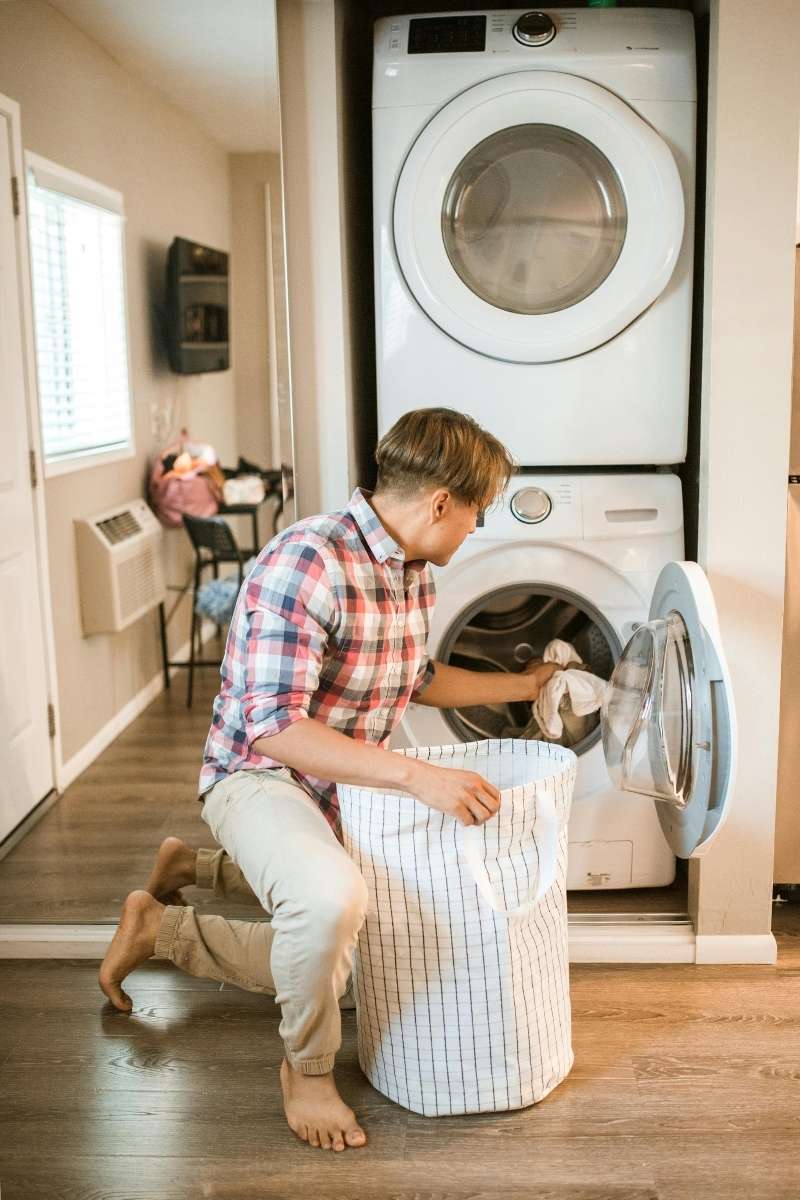
Frequently Asked Questions: Condensation vs. Heat Pump
What is the difference between a heat pump dryer and a condensation dryer?
How they heat air and manage heat: condensation uses resistance (more heat/consumption), heat pump recycles heat (less heat/consumption).
What is better, a heat pump or a condensation dryer?
Heat pump is better for efficiency and clothing care. Condensation is better for initial price and speed.
What type of dryer is more efficient?
The heat pump dryer is much more efficient (A++ / A+++).
What does it mean for a dryer to be condensation?
It doesn't need an external vent; it collects condensed water in a tank or drains it. Heat pump dryers are also condensation in this sense.
Choosing between a condensation and a heat pump dryer comes down to balancing the initial investment with long-term savings and the level of care you want for your clothes. If efficiency and garment care are your priorities, and you can afford the initial outlay, the heat pump is the clear winner. If your budget is tighter or speed is paramount, the condensation dryer remains a valid, albeit less efficient, option.
Fast and Professional Drying at LaColada
Need to dry your clothes quickly without worrying about your home dryer's technology? At LaColada Self-Service Laundry Ponferrada, our large-capacity industrial dryers offer powerful and efficient drying, with temperature controls to suit different fabric types. Get perfect drying in minutes and forget waiting hours at home!
Dry Your Clothes Quickly Here!More on Drying and Clothing Care
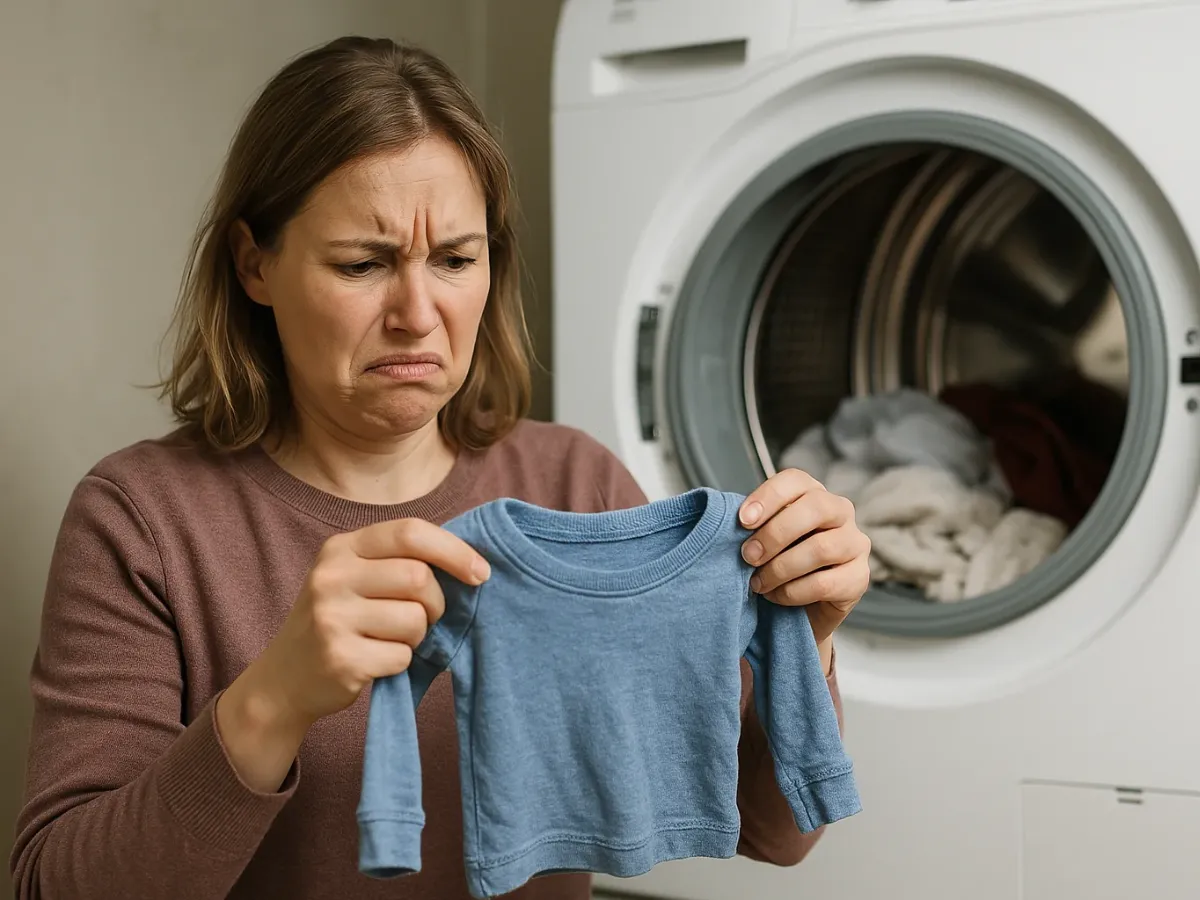
Does the Dryer Shrink Clothes: Myths, Truths & Prevention
Discover why clothes shrink and how to avoid it.
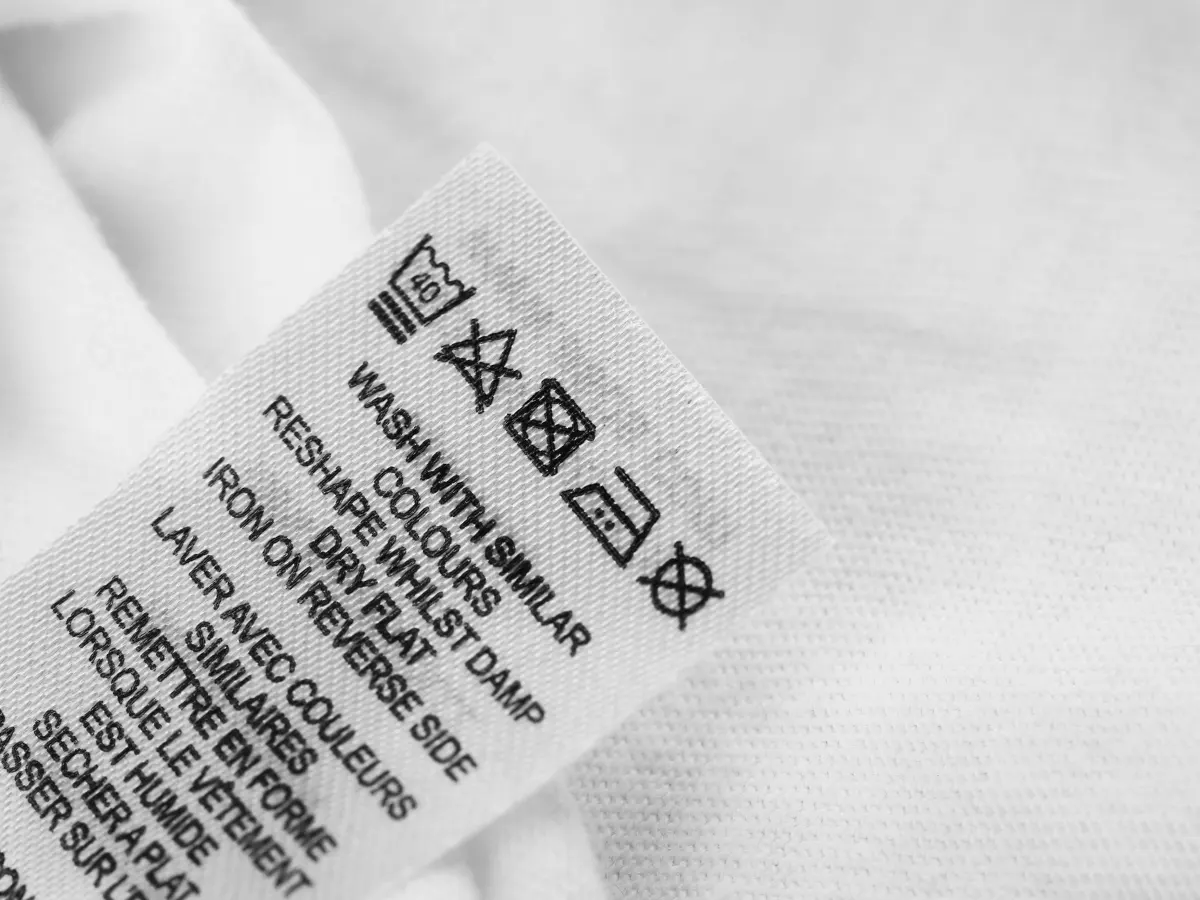
Drying Label Symbols: Guide to Understanding Them
Decipher drying symbols and care for your clothes.
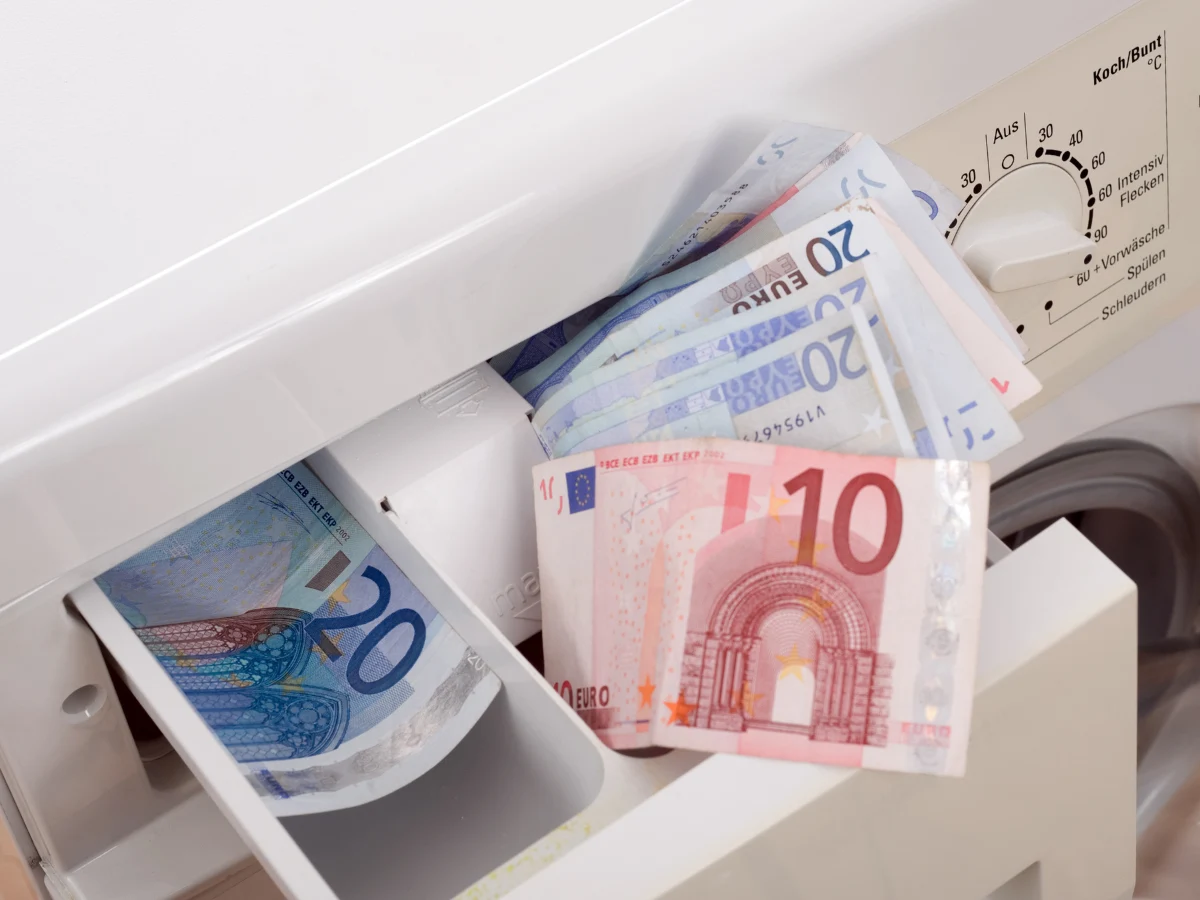
Energy Saving Tips for Laundry
Reduce your consumption and bill with these efficient tricks.